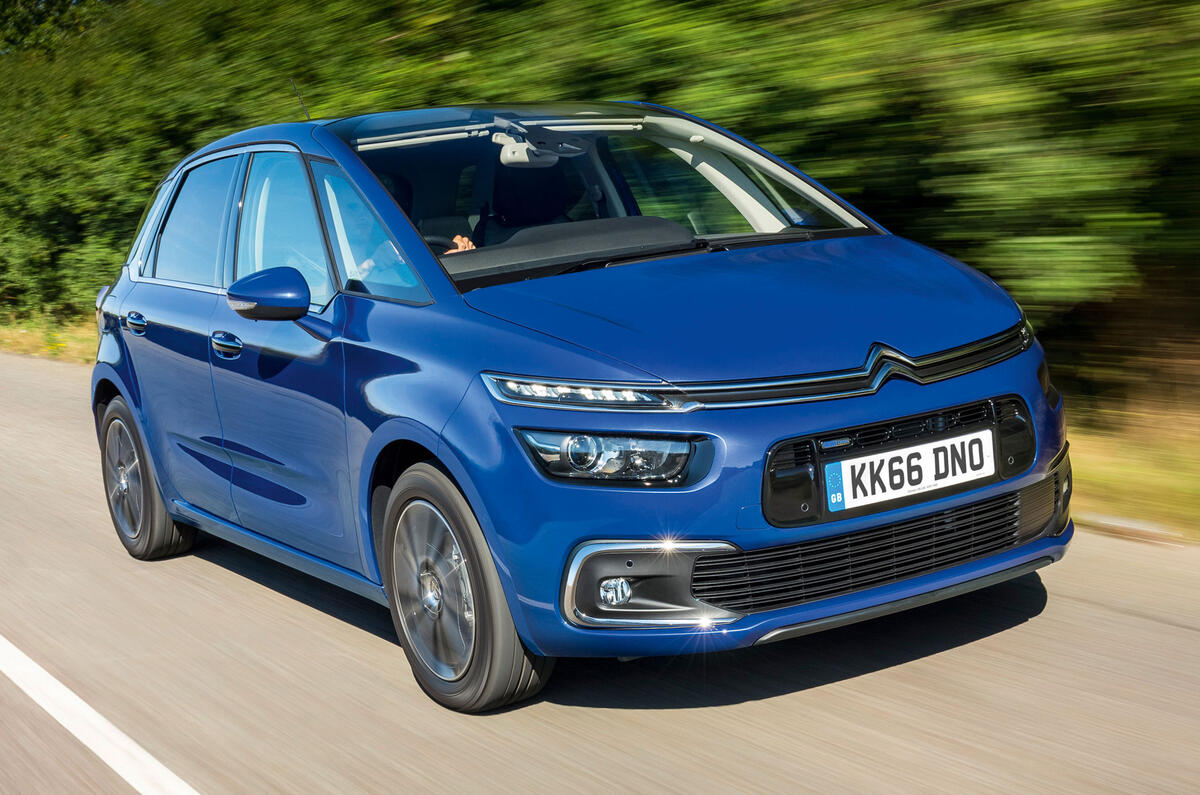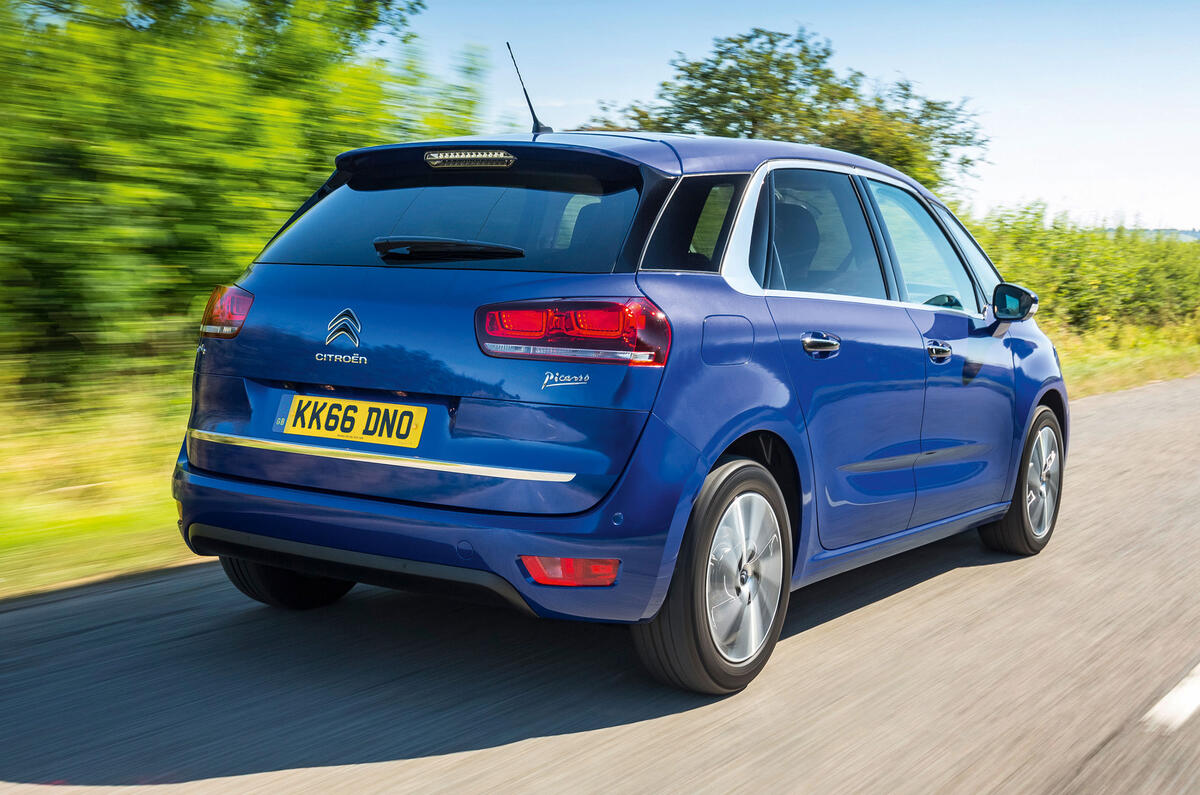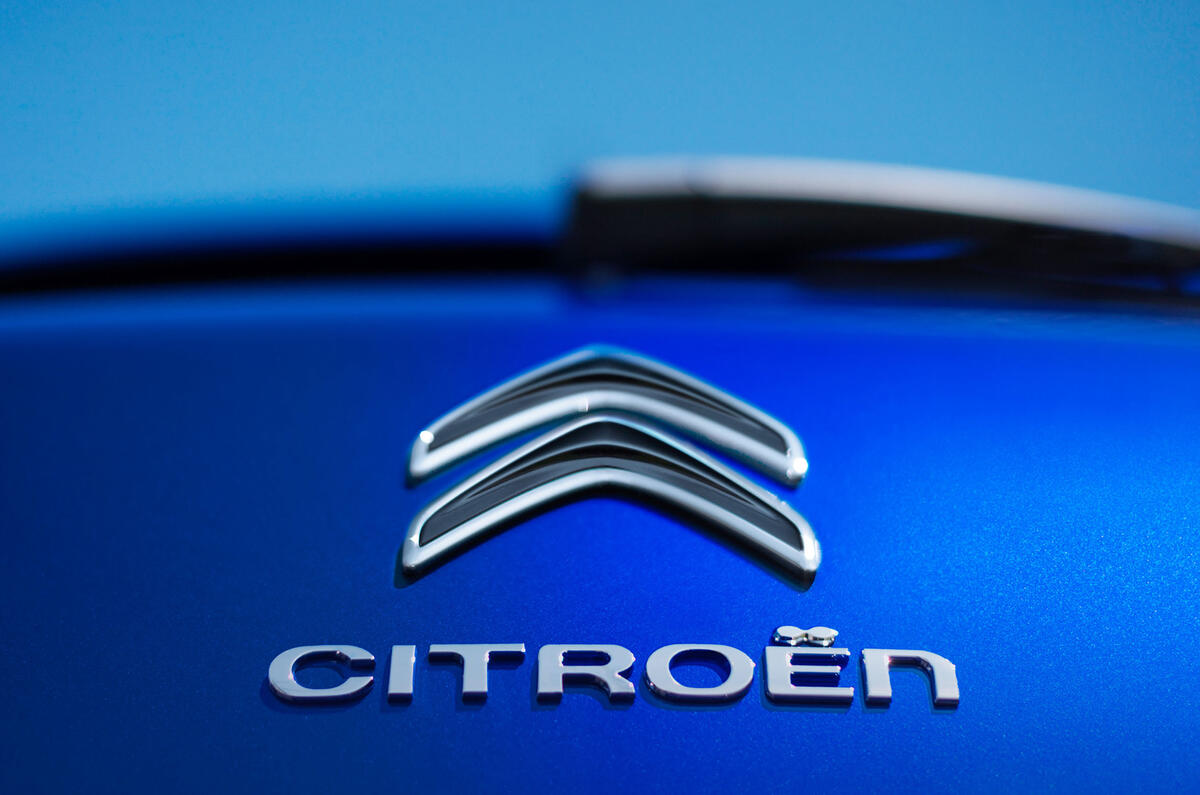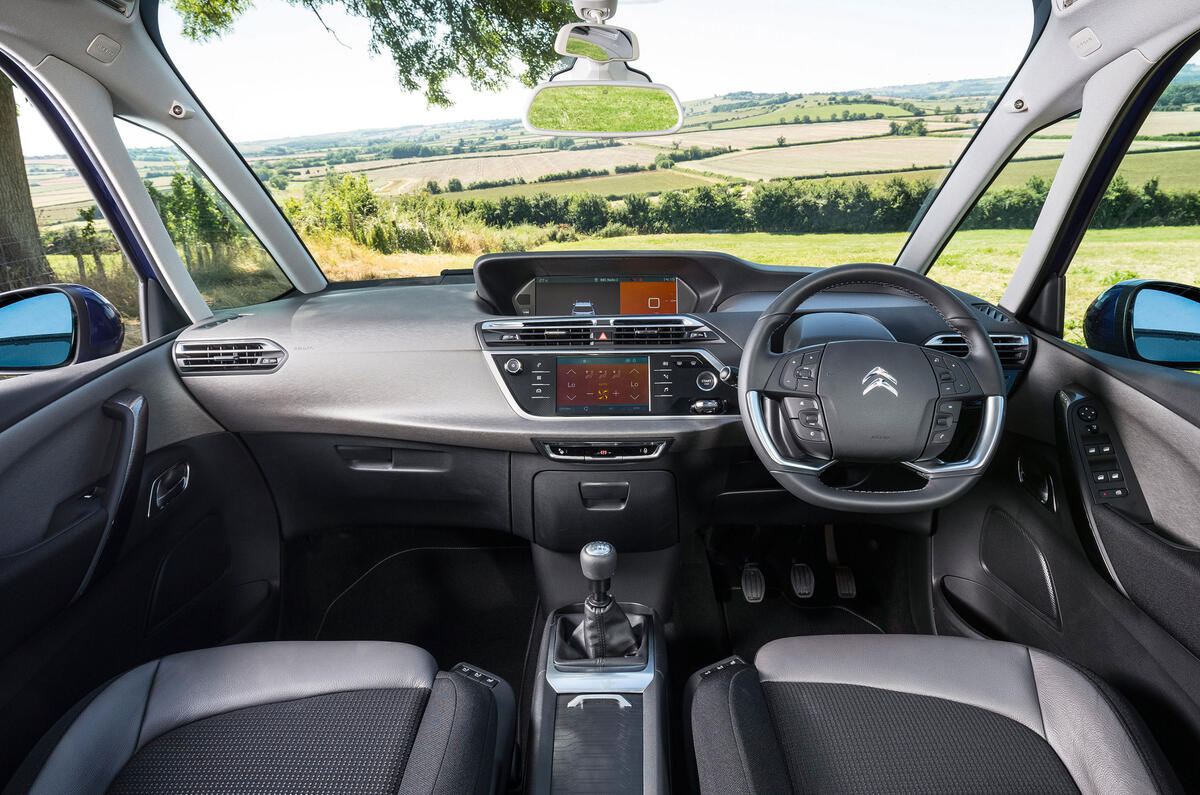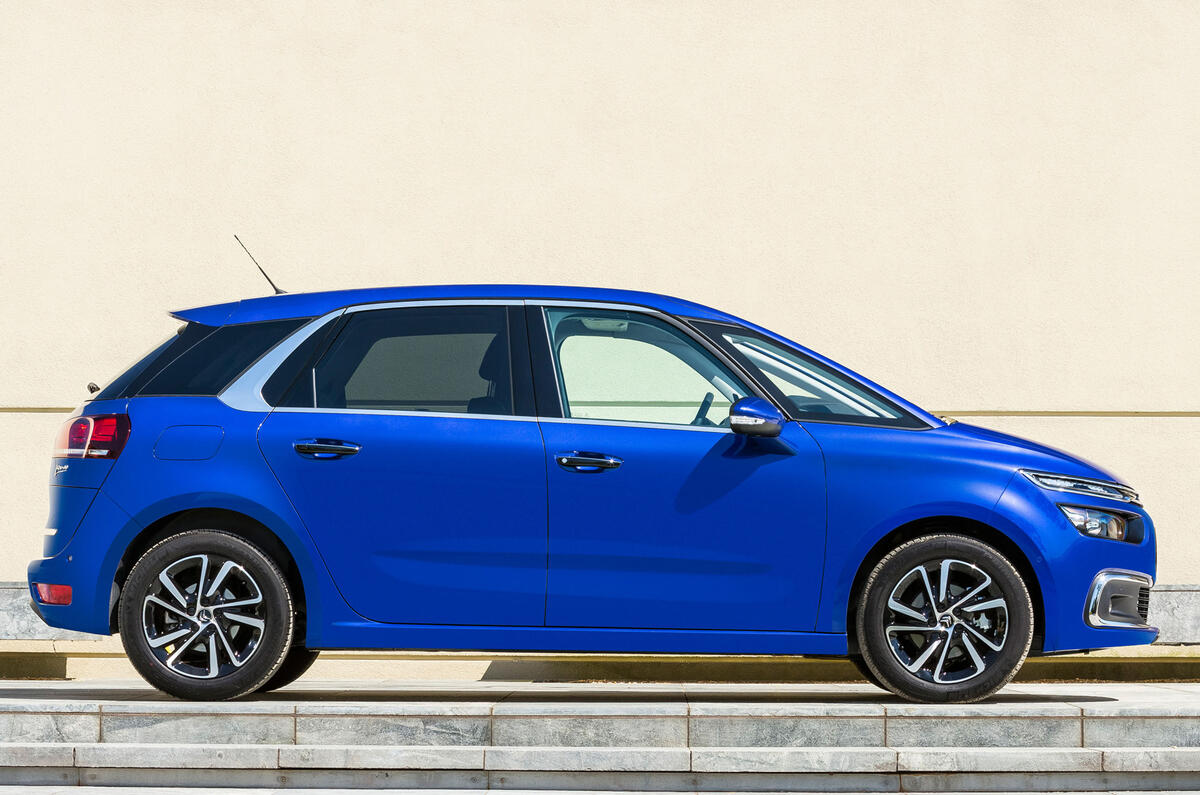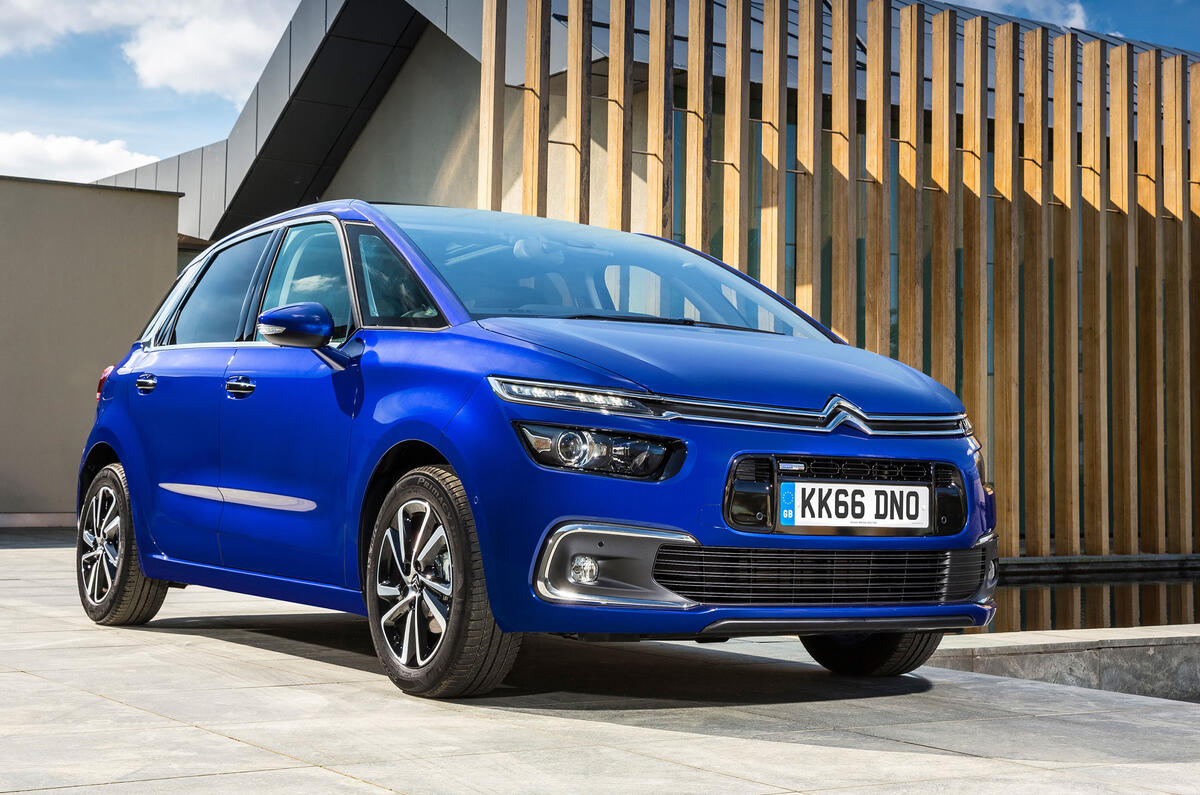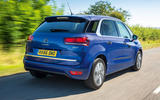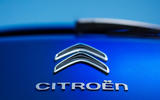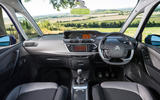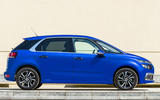This Citroën C4 Picasso is the company's latest effort to drag the brand kicking and screaming into that promised land known as 'upmarket.'
Citroën insiders talk bravely of the discount culture being a thing of the past - it isn't of course, just the size of the discount on offer, which is true of any major player here. In other words, models like the new Picasso must stand on their own merit and succeed because of their inherent desirability. Indeed, this is a trend that the company has kicked off in high style with its seperate premium DS line-up.
So the latest C4 Picasso takes the fight to rivals such as the Ford C-Max and Renault Scenic. Its first weapon is styling that marks it out as an individualistic contender. And that LED-adorned nose is quite a party piece, lending the Citroën's face a technical and, dare we say it, slightly Germanic grimace.
It's a good look that continues with the profile, enhanced as it is with a flourish of alloy coloured plastic around the side glass and deeply contoured body sides.
The interior is more than spacious enough to worry its rivals, particularly in terms of boot volume, even with the rear seats in place. This is a five-seater, however, those seeking an additional two seats can opt for the Citroen C4 Grand Picasso - which includes the three rear seats party piece of sliding and reclining individually.


